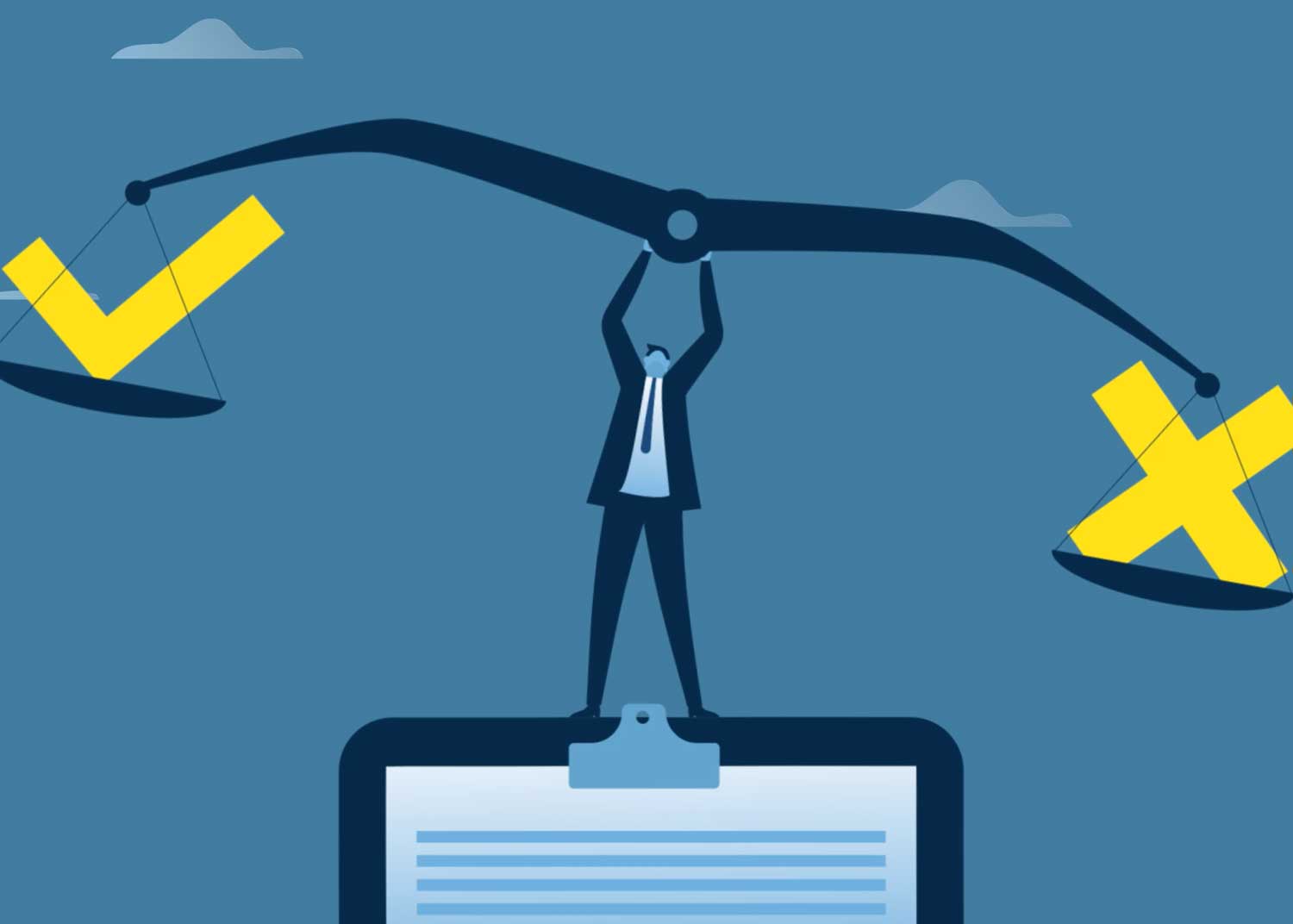The most effective leaders understand that organizations are complex. Organizations have interactions and interrelatedness among people, technology, and processes. Organizations are systems. They have a structure that organizes the parts of a system in a prescribed way. They have processes or expected behaviors performed in a sequence to produce their desired objective. The process purpose is to improve effectiveness, which is monitored via KPI, consistency, and quality. The interactions among people, technology, and processes found in organizations are a system. Systems are complex!
The traditional approach by Western Culture leaders has been around immediacy or to FIX the THING! It is a linear view of issues and reactive where we blame someone or 1 thing. The focus is on the current reality and doesn’t look at the BIG picture. Traditional leaders solve problems through simple analysis or taking things apart to the component level. It is a simple approach to a complex situation. It creates band aid solutions that potentially create problems in other parts of the system. Current problems are generally the result of previous decisions or actions. The traditional answer is to use a BIGGER hammer!
Systems
Automobiles, the human body, and government are systems with which people are familiar. They have 2 or more elements interacting for a specific purpose.
Criteria for a system:
- Behavior of each element influences the whole (directly or indirectly)
- Behavior of each element and their effects are interdependent
- Independent subgroups of the element cannot be formed
- Parts of a system lose properties when separated from a system
- Only when all parts are combined is an automobile an automobile
- Systems have essential properties that none of the individualized parts do
- Automobile can transport us somewhere; individual parts cannot
- Systems is a whole that cannot be divided into independent parts…interrelationships rather than things
- The interaction of the parts/components combine to provide desired objective of transportation
- Each part of a system has a function within the system; divide labor functionally among its parts and to arrange the parts coordination
- Steering wheel, suspension, transmission (individualized function/interrelated purpose)
- System performance is the product of the interaction of its parts and not on how they act independently of each other even when changing parts
- Cannot assemble 1 ultimate car from taking individual best parts from all available parts (Ferrari chassis, Corvette engine, Porsche transmission not interactive)
- Each part of a system, considered separately, made to operate as efficiently as possible, the system as a whole will not operate as effectively as possible
- Individualized tuning for maximum output does not effectively interrelate with adjoining parts (full throttle doesn’t support best tire traction)
The complexity of interactions within systems voids the traditional linear view of “Fixing our current reality” with a bigger hammer. Modifications to a prescribed component within a system have both a cause and effect. Systems are non-linear because nothing is influenced in simply 1 direction. Systems require a non-linear perspective since systems act in loops. Systems are complex. Systems require systems thinking!

System Thinking
Systems thinking is an introspective way to look at the complex problems within systems. Rather than individualizing elements, systems thinking focuses on the interaction of elements and organizes the details (symptoms) into a coherent overview. The focus is on processes rather than immediate fixes with the understanding current problems are created by previous decisions. Systems thinking concentrates on patterns of interdependency and preparing for the future. The interrelatedness of systems makes blaming 1 person, 1 thing, or concentrating on 1 problem irrelevant. Fixing 1 person, 1 thing, or 1 problem does not guarantee an improved situation.
Everyone within a system shares the responsibility for problems; however, not everyone has equal responsibility within the problem. People within the system are not helpless reactors, but active participants in shaping reality and accepting system performance responsibility. Systems thinking emphasizes accountability as the actions of those within the system create the problems experienced within the system. There is shared responsibility for unifying information within the system for the purpose of strengthening the system to the point that it absolves current and future problems.
Systems Thinking Is:
- Non-linear: circle of causality starting where decision-maker intervenes
- Output oriented: what is goal of system
- Tied to improving efficiency; reducing waste, time, money
- Dynamics of interactions
- Patterns of behaviour
- Impact of change on overall pattern of behaviour
- Look for the invisible
- Future oriented
- Problems evolve, solutions must be evolutionary
- 3-Pronged Solution Methodology
- Identify the whole (system) of which the thing to be explained is a part (synthesis)
- Explain the behavior/properties of the system (synthesis)
- Explain the behavior/properties of the thing to be explained in terms of role/function within the system (analysis)
- Synthesis (putting things together)
- Focuses on function: Why things operate as they do
- Yields understanding
- Allows us to explain
- Analysis (taking things apart)
- Focus on structure: how things work
- Yields knowledge
- Allows us to describe
Systems thinking focuses on the big picture and is future oriented. Decisions are made through the lens of how an intervention is going to influence the overall objective of the organization. Fixing current problems is a component of systems thinking, but solutions are generated on the principle of having the SYSTEM function at an optimal performance level, and all parts of the system share responsibility for attaining optimal performance. Systems thinking expands the limits of human capacity to grasp the complexity of systems and improve organizational performance.



